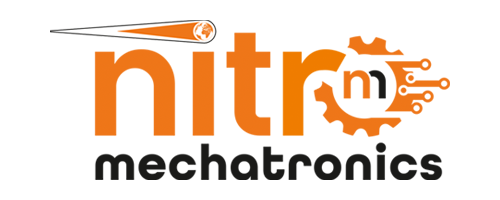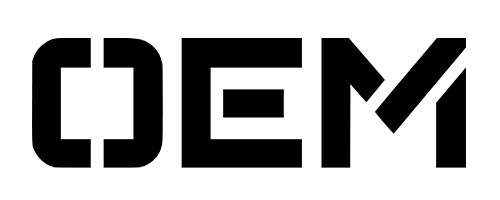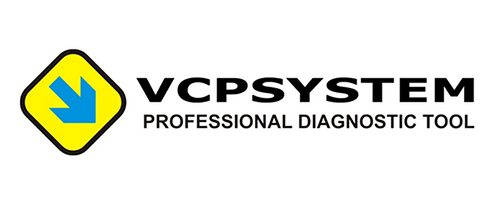How to choose best diagnostic tool?
What is OBD and OBD-II?
On-board diagnostic is referring to vehicle’s self-diagnostic and reporting capability. On board diagnostic informs the vehicle owner or technician about the status of the vehicle sub-systems.
Early version of OBD illuminate a malfunction indicator light if a problem occurs but gives no information about the problem.
Modern OBD implementations use a standardized digital communications port to provide real-time data in addition to a standardized series of diagnostic trouble codes, or DTCs, which allow a technician to identify and localize the fault and solve malfunctions within the vehicle.
OBD is the standard protocol used across most passenger and light-duty vehicles to retrieve vehicle diagnostic data. Data is provided by electronic control units of a vehicle.
Auto manufacturers starts to make their own standards for diagnostic trouble codes. So, each vehicle manufacturer uses their own DLC, DTC definitions and procedure to read the DTCs from the car. Early systems often read these codes through the indicators like Malfunction Indicator Lamb (MIL) or Check Engine Light.
The OBD-II invented for standardized these diagnostic trouble codes that made by manufacturers. Result of this standardization, a single device can be able to scan any vehicle. OBD-II diagnostic trouble codes are 4 digit and their first digit contains a letter. These letters specify a sub-system. P used for engine and transmission, B refers to body, C refers to chassis and U refers to network.
What is diagnostic tool?
Diagnostic tools are devices that decode these standardized DTCs mentioned above.
Basic diagnostic devices give you 5-character code like P0101, to get the definition you need to check a standard DTC list or database and reference material for your vehicle.
Latest diagnostic tools give you these 5-character codes definition for example P0101- Mass Air Flow circuit or sensor fault.
Reading these codes not enough after solving the issue these codes need to be erased from vehicles memory. Most early generation OBD systems in vehicles used before OBD-II could erase fault code by unplugging the battery.
The voltage loss would erase the temporary memory, Check Engine Light would turn off. However, the light would turn on again and the fault codes would reset when the issue solved.
But in latest OBD systems still remains DTCs even if the power source removed. The fault codes are kept until clearing them with a diagnostic scan tool.
How to choose best diagnostic tool?
Technical Support:No matter how good is your diagnostic tool, a good technical support is the touchstone.
Timely Updates:A diagnostic tool can be only as good as its updates. Check how often it is updating its database. If it takes too long to update new issues, specs, and fixes it could lead you to giving bad diagnosis.
Mobility:With all the technology growing today there is no need to plug your technician to a desktop. Today most of diagnostic software hosted by cloud.
Durability:As you know the garages are really dirty and dangerous your tool must be durable and another durability parameter is battery life. You need to check how many days or hour it could work without charging.
Cost:You need to consider your investment. These devices work b2b it has to return your money back.























